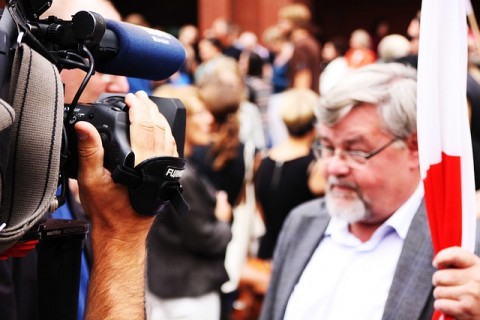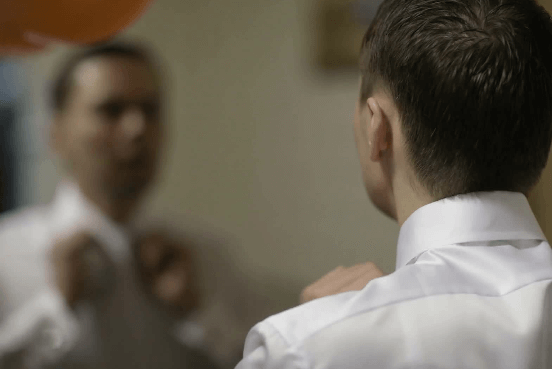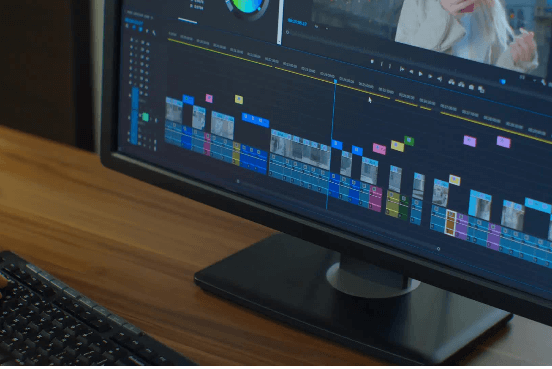Online Film School Free » Documentary Filmmaking Course » The Art and Technique of the Documentary Interview
Preparing & Shooting A Documentary Interview
Table of Contents
Toggle
When you are Shooting an interview in your film, you are really declaring that you are taking an active part in the making of this film and you are not just “A fly on the wall”. There are no objective questions. When you ask a question in a documentary interview, you already have the answer in it. Remember! When you do an interview you are not only trying to get the facts, you are also trying to get a point of view and an opinion on all subject and to deliver it to the audience. You have to do a lot of planning and preparations.

- Plan ahead all the people you want to interview. Make a list of every person you think might contribute to your film and write down what is it that they can add to the movie. Also, plan how the interview is going to be shot. Are you going to shoot him sitting down or while he is doing something?
- After you’ve done your research, plan the questions ahead. Start with brainstorming. Make a list of guiding questions. Think about what is it that your audience will want to know from him.
- Open questions (The kind that usually starts with ‘How’, ‘What’, ‘When’ and ‘Why’). Not the kind of questions where he can simply answer “yes” or “no”.
- Write follow-up questions to your main questions
- Make sure the questions cover the main points of the subjects.
- Find a good location for the shooting. Are you going to shot in his home, his workspace, or a studio? Think about things like lighting and background noises, but also about if the location can support the things your interviewee will say or the theme of your film.
- Choose the type of interview you need to do – There are two types of interviews: a direct interview, where we hear and see the interviewer asking questions and the indirect interview, where we see the subject talking to the camera, but we don’t see or hear the interviewer asking the questions that are leading him as he speaks. It is important to know before the interview, what kind is it going to be.
Like this tip? Click here to tweet it
What to do during the interview?
- The first thing you need to do is sign the interviewee on a release form. There are many kinds of release forms out there, but what you really need is that the interviewee will let you edit the footage of him in the film in whatever way you’ll need, as long as you are loyal to the truth. You also need to make sure that the form gives you the right to use the footage in every media you’ll like.
- Don’t start with the camera rolling right away. Put the camera near the interviewee, so he will get used to it, but don’t turn it on yet. Remember!
Your interviewee is in a very vulnerable position, so you should try to make him feel more at ease. Talk to him about other stuff than the subject of the interview. Let him know you and try to know him better. When you feel he is relaxed, you can start explaining to him about the movie (If you haven’t done a pre-interview yet) and what you are trying to say in it. Try to recognise some of his fears and eliminate them. - Start with the easy questions. The one you know the interviewee won’t have any problem answering.
- During the interview, it is very important to listen to your interviewee. Allow yourself to go out of the questions and come back to them when needed.
- When you run out of questions, ask the interviewee if hew has anything more to add. This is important because there might be an angle you didn’t think about.
Technical stuff for shooting a documentary interview
- Tell the interviewee to answer a complete answer using the question asked. For example, if you ask him his name, don’t let him answer “James”. He should answer, “My name is James”. That way you can edit out your questions.
- Some directors like to use two cameras: 1 for a medium shot and the other for the close-up. There is no need to use a camera to shoot you. If you want to be in the film, you can shoot yourself asking the questions after the interview is over.
- The camera should be placed about 30 degrees from the interviewee. That means that the interviewee is looking slightly left or right (left if the camera is on the right side of him and looking right when the camera is on his left) and Leave room for talking space
- Avoid talking while the interviewee is talking or the video editor will curse you, when he’ll try to eliminate your voice from the interview. Sometimes it will be impossible to do that. If your voice happens to overlap the voice of the interviewee, ask him to repeat that sentence again.
Like this tip? Click here to tweet it

Editing the documentary interview
You can read my post about Editing for The Documentary, but for now, the important thing to know is that when you edit the interview, usually the director will choose to cover the image of the talker with other images that are somehow related to what he is saying. This is a great technique because sometimes just to see someone talking might be boring. The images can also support what the interviewer is saying and to give you more artistic ways to release your movie from the formal talking head style. The main reason is that covering his image will allow you to edit what he is saying without the audience noticing.



